Increasing Vehicle Production
The Automotive Door Guard Market is experiencing growth due to the rising production of vehicles worldwide. As manufacturers ramp up production to meet consumer demand, the need for protective accessories like door guards becomes more pronounced. In 2025, vehicle production is projected to reach approximately 90 million units, indicating a robust market for automotive accessories. This surge in production not only enhances the availability of vehicles but also drives the demand for door guards, which protect against minor dents and scratches. Consequently, manufacturers are likely to focus on integrating door guards into their production lines, thereby expanding the Automotive Door Guard Market.
Growing Focus on Vehicle Aesthetics
The Automotive Door Guard Market is significantly influenced by the increasing emphasis on vehicle aesthetics among consumers. As vehicles become a reflection of personal style, the demand for accessories that enhance appearance, such as door guards, is likely to rise. In 2025, it is estimated that the automotive accessories market will reach a valuation of over 100 billion dollars, with door guards playing a crucial role in this segment. Consumers are increasingly seeking products that not only provide protection but also complement the design of their vehicles. This trend suggests a promising future for the Automotive Door Guard Market as manufacturers innovate to meet aesthetic preferences.
Rising Incidence of Minor Accidents
The Automotive Door Guard Market is also driven by the increasing incidence of minor accidents and vehicle damage. As urbanization continues to rise, the likelihood of door dings and scratches increases, prompting consumers to seek protective solutions. Reports indicate that nearly 30% of vehicle owners have experienced minor damage to their doors, highlighting a substantial market opportunity for door guards. This growing awareness of the need for protection against everyday wear and tear is likely to propel the Automotive Door Guard Market forward, as consumers prioritize safeguarding their investments.
Regulatory Standards for Vehicle Safety
The Automotive Door Guard Market is influenced by the increasing regulatory standards aimed at enhancing vehicle safety. Governments are implementing stricter regulations regarding vehicle design and safety features, which include the use of protective accessories like door guards. As safety becomes a priority for manufacturers, the demand for door guards is expected to rise. In 2025, it is anticipated that compliance with these regulations will drive a significant portion of the automotive accessories market, potentially reaching a value of 15 billion dollars. This regulatory environment suggests a favorable outlook for the Automotive Door Guard Market as manufacturers adapt to meet these standards.
Technological Advancements in Materials
The Automotive Door Guard Market is benefiting from advancements in materials technology. Innovations in polymers and composites are leading to the development of lighter, more durable door guards that offer enhanced protection without adding significant weight to vehicles. In 2025, the market for advanced materials in automotive applications is expected to grow, potentially exceeding 20 billion dollars. This trend indicates that manufacturers are likely to invest in research and development to create high-performance door guards, thereby expanding the Automotive Door Guard Market. The integration of these advanced materials could also lead to improved aesthetics and functionality.


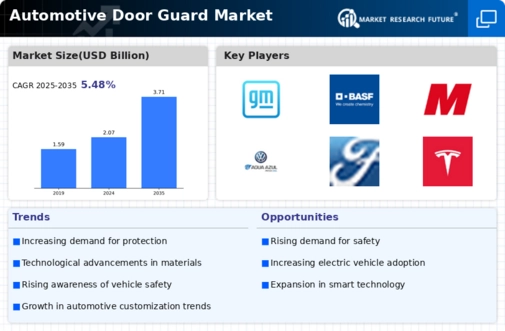
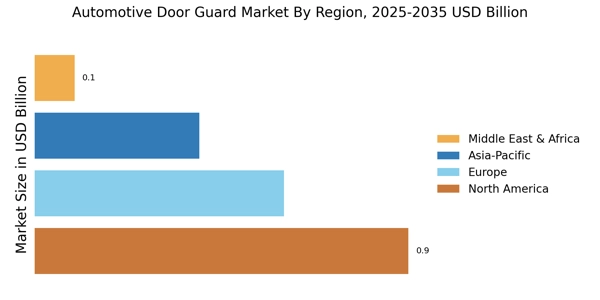

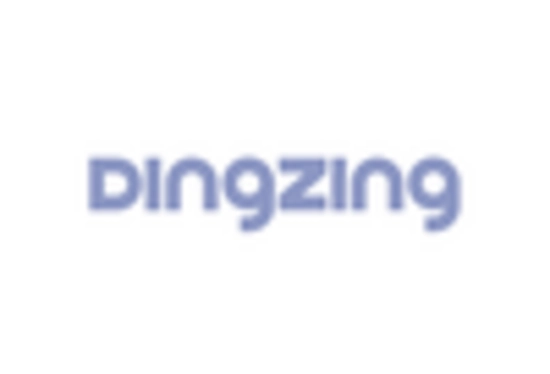
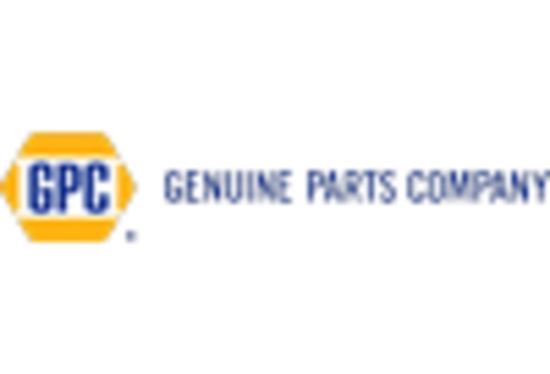
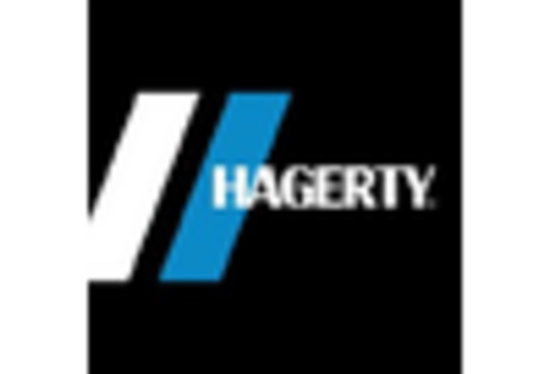
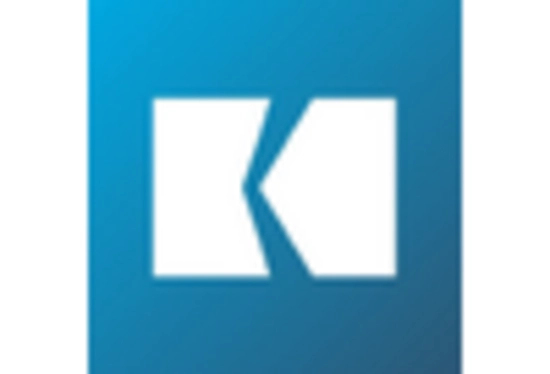
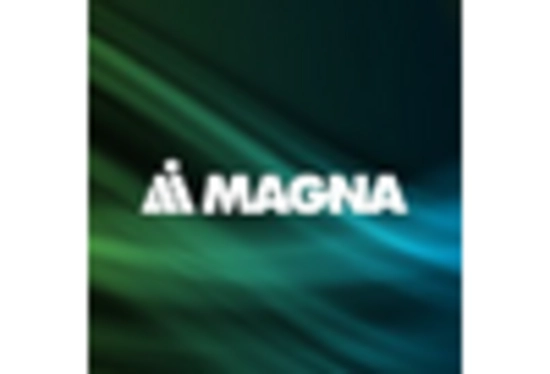








Leave a Comment